OUTLINE:
How To Tell If Starter Is Bad
 129
129Many people will use whether the car can start successfully at once to evaluate the health of the ignition system. When the problem of not starting the car occurs, the starter (commonly known as the motor) is undoubtedly a key suspect. As the mileage increases, the starter will gradually wear out and fail. But before it completely fails, it often has some symptoms of a bad starter. If we can find them in time, we can deal with them in advance and avoid realizing the seriousness of the problem until it is abandoned on the roadside.
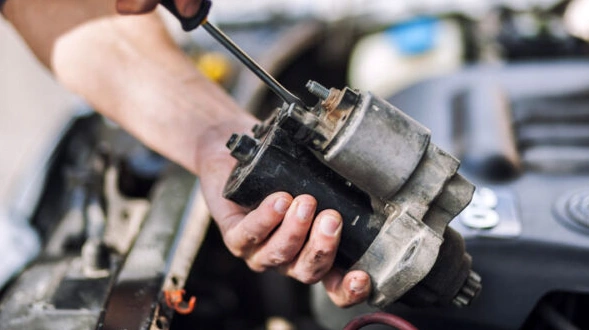
The starter is a high-power electric motor used to start the car engine. When the motor is powered on, the small gear at the front of the starter will mesh with the gear on the engine flywheel, thereby driving the crankshaft to start the car engine. This assembly is called a pre-engaged starter motor.
The main power of the starter comes from the electric motor under the starter. The battery supplies power to the electric motor. The motor and the battery are connected through a relay, and the switch of the relay is controlled by the starter key. The electromagnetic relay only needs a small current to make it work. When the ignition switch is turned on and the start button is pressed, the relay is energized, and the current passes through the coil to generate an electromagnetic field, driving the magnetic core plunger to move, and finally the two contacts on the contactor are combined, the starter electric motor is energized, and the engine is started.
How many years does a starter last
Generally speaking, a high-quality starter motor can complete at least 50,000 starts. In other words, even if the ignition is turned on 8 times a day, the starter motor will only work 30,000 times in 10 years. Therefore, the original starter motor of a family car is basically consistent with the normal use cycle of the vehicle.
Although the starter motor works for a short time each time, the work intensity is extremely high. The instantaneous output current can even reach 300-400A. What does this mean? The total electricity consumption of our ordinary family is generally 20A, which means that you can start 5 air conditioners at the same time, and the circuit breaker will trip if there are more. The car starter motor has to withstand the current pressure of nearly 100 air conditioners turning on at the same time in those few seconds.
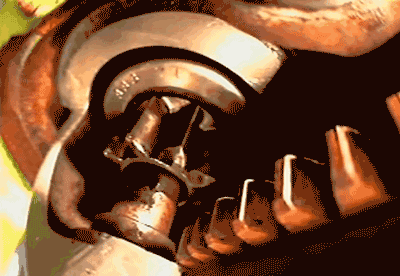
The reason why such a high current is used is that the starter motor needs to drive the engine crankshaft to reciprocate so that the engine can start smoothly.
Tips for protecting starter
Therefore, we should pay attention to it and try not to let the starter motor dry burn. Especially for those vehicles that use one-button start, when the engine starts smoothly, you must release your hand as soon as possible to avoid the starter motor to continue running. In addition, when you encounter the situation that the ignition does not start, you must not continue to ignite, which is likely to burn the coil of the starter motor and cause it to be scrapped. When it is found that the vehicle is out of oil or the ignition system is faulty, do not let the starter motor dry burn, after all, it is not cheap to replace it.
How to tell if starter is bad
In daily life, if you find that the car has some signs of a bad starter, you should go to the 4S shop or other repair shop in time and let the maintenance personnel check the specific faulty part of the vehicle and solve the problem to avoid safety hazards to your normal driving.
1. Starting is difficult
If the battery is sufficient, a starter in good condition can start the engine very easily when ignited. If the starting process is difficult, and sometimes it takes two starts to succeed, especially in cold weather, it means that there may be a fault in the starter or related circuits. You should go to a professional repair shop for inspection as soon as possible to confirm whether the problem lies in the starter or other systems.

2. Occasional unsuccessful starting
If the vehicle starts normally but fails to start occasionally, this may be a sign of failure of the engine starting system, perhaps a battery failure, or a starter control circuit failure and a loose starter power supply circuit.
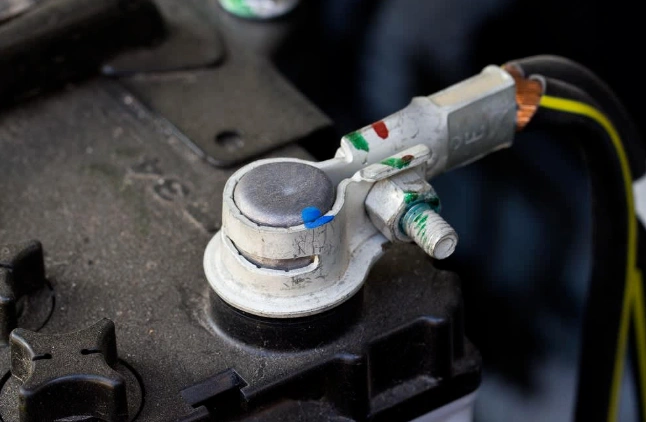
3. Starting speed is too slow
During the normal vehicle starting process, the instrument and other electrical accessories will be temporarily turned off, which is normal. However, if the engine starts too slowly while the electrical appliances are turned off, it may be caused by excessive starting current. On the one hand, we need to confirm whether the engine resistance is too large, and at the same time, we also need to focus on eliminating the internal short circuit fault of the starter.
4. Abnormal noise from the starter
When starting, if you hear an abnormal noise similar to the sound of gears hitting each other from the starter, it means that there may be a mechanical failure in the starter. The abnormal noise often comes from the drive gear of the starter. If the gears are not properly meshed or worn, this abnormal noise may occur. If it is not handled in time, it may cause more serious damage.
5. Burning smell
If you smell a burning smell during the starting process, it may be due to overheating caused by the long-term operation of the starter. You must stop starting the engine immediately to avoid burning the starter, and contact the repair shop as soon as possible to check the cause of the fault. Under normal circumstances, the vehicle should be able to start successfully the first time. Except in extremely cold weather, the starting fault check should be carried out after the vehicle has been started multiple times.
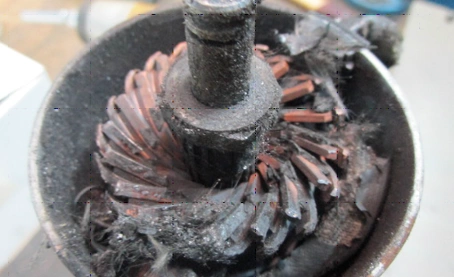
6. Oil soaking in the starter
In some models, serious oil leakage may cause lubricating oil to splash into the starter. Long-term oil contamination may damage the carbon brushes and greatly shorten the service life of the starter. Therefore, for engines with a long service life, the appearance of the starter should be checked regularly, and lubricating oil contamination should be dealt with in a timely manner.
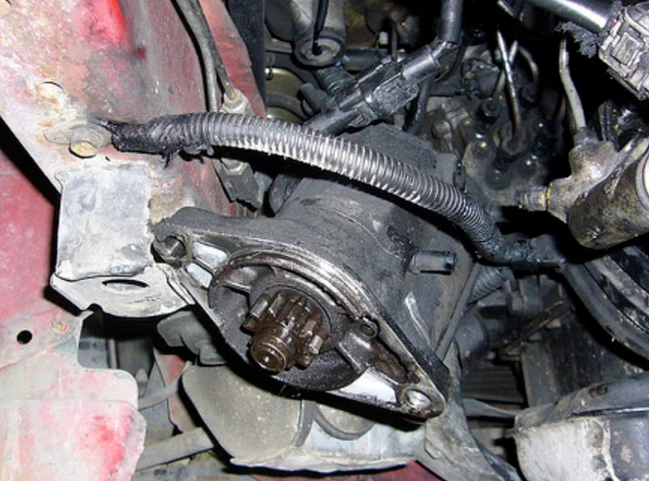
How much does a starter cost
The starter itself can cost anywhere from $70 to $425, while installing a new car starter can cost several hundred dollars to $1,000 or more, The starter itself can cost anywhere from $70 to $425.
Some cars have easily accessible starters that should just take an hour or two to replace. It can take up to eight or more hours to replace, depending on the model, and is hidden beneath the intake manifold on some cars.
Your car, where you purchase the starter, and how you install it will all affect the total cost. You can probably discover a solution that fits your budget if you do your homework and weigh your options.
Conclusion
In addition to the correct usage, we can also extend the service life of the starter through regular maintenance and upkeep. For example, regularly check whether the wiring of the starter is firm, clean the surface of the starter to remove dust and oil, and regularly replace the battery. Although these measures may seem simple, they can effectively reduce the risk of starter failure, thus saving our maintenance costs and time.
In short, when faced with the situation that the car starter does not work properly, we should remain calm and rational, and know how to tell if starter is bad by checking other possible reasons. At the same time, we should also pay attention to the correct use of the starter and the importance of regular maintenance to ensure its long-term stable operation and extend its service life.

Disclaimer: The views and opinions expressed by individual authors or forum participants on this website do not represent the views and opinions of Chipsmall, nor do they represent Chipsmall's official policy.

share this blog to:

